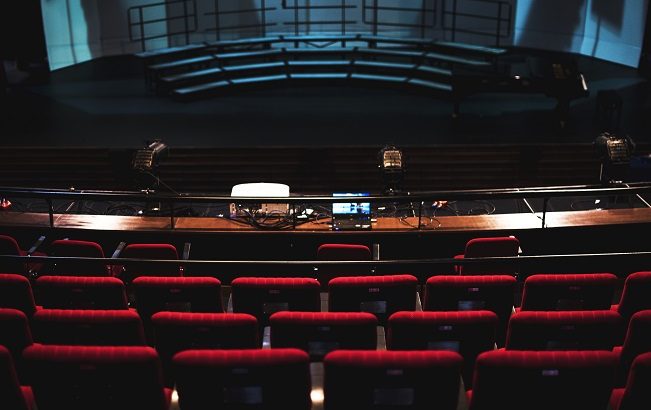A good friend of mine, opera buff extraordinaire Paddy Brennan, recently sent me an email with an attachment – www.operainireland.wordpress.com/. It came with a ‘work in progress’ warning but, even so, the file contains a vast amount of information relating to opera in Dublin from 1928 to virtually the present day.
The content is absolutely fascinating. Its various sections show amazing details of performances by Dublin Operatic Society (DOS), Dublin Grand Opera Society (DGOS), Opera Ireland and Irish National Opera with dates, productions, casts and, in some instances, reviews. The treasure trove covers almost ninety years of opera in Dublin and, occasionally, elsewhere in the country.
My own first operatic experience was in Dublin’s Gaiety Theatre for a production of Gounod’s Faust with Veronica Dunne as Marguerite, Howell Glynne as Méphistophélès and James Johnston in the title role. Queuing from late afternoon, once the doors opened I galloped up the stairs to the gallery’s wooden bench-like seating. By the end of the evening the art of opera was firmly implanted in my brain.
As the DOS was coming to the end of its life before my opera-going began in earnest I decided to check out the society’s history. Before its 1928 inauguration, opera in Dublin had been presented by visiting English groups, principally the Carl Rosa and Moody-Manners companies.
However, Adelio Viani, professor of singing at the RIAM, decided the time was ripe for Dublin to have a company of its own. Backed by like-minded opera lovers, not least jeweller George Sleator, who would later input considerable sums of his own money into the venture, Dublin Operatic Society was established.
Under Maestro Viani’s baton, DOS’s first production – Rossini’s The Barber of Seville – had three performances at the Rathmines Town Hall on November 6, 7 and 8, 1928. Well received, one reviewer considered the Society ‘had more than justified its existence’.
The singers were particularly praised with Leo Bryll’s Figaro described as having “wonderful stage presence” with his Largo al factotum aria being “masterly and would have won for him a place on any stage”. As Count Almaviva, Henry Thornton was noted for “his fine fresh voice being always well under control”.
Soprano Mamie Dingle’s Rosina proved another “great success”. In her Act II music lesson she inserted the Mad Scene aria from Donizetti’s Lucia di Lammermoor. The reviewer wrote, “It was a big undertaking but the performance justified the effort…The trying cadenzas were taken with great delicacy and confident touch and the dialogue with the flautist was beautifully balanced”.
Spurred on by its success, the Barber was repeated the following year when DOS moved into the Olympia Theatre and added Bellini’s La Sonnambula to its repertoire. Mamie Dingle repeated her Rosina returning as Lucia in 1930 and 1931. Her Adina in Donizetti’s L’Elisir d’amore’ included performances during the 1932 Eucharist Congress.
In the course of its existence, which lasted until 1954, DOS brought over 30 operas to Dublin audiences. Madame Butterfly topped the popularity charts closely followed by La traviata, Faust, Rigoletto and Maritana. More anon.



